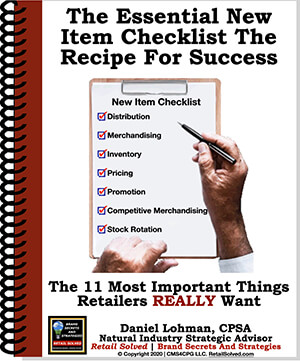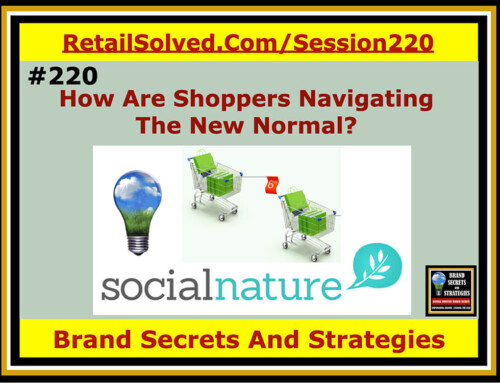The consumer decision tree, which shows how consumers shop a category, is perhaps the most difficult concept for retailers and manufacturers to act on. However, understanding consumer buying habits gives retailers and manufacturers a leg up on the competition and demonstrates their commitment to satisfy their customers.
Essentially, the consumer decision tree identifies and prioritizes all the decisions a consumer makes while shopping. Conversely, a poorly constructed consumer decision tree serves to only frustrate and alienate customers.
Benefits for retailers
Consumer decision trees seek to understand how customers shop the retailer. Most stores are laid out in a “race track” format with staples positioned around the outside of the store; produce, deli, dairy, meat, seafood and bakery. The center of the store usually includes dry grocery and health and beauty aids. Items in these sections are designed to augment choices made on the outside of the store. Margins for the retailers are typically higher along the “race track” as opposed to center store.
A well-constructed consumer decision tree gives the retailer an opportunity to encourage up selling. For example, merchandising super-premium items next to category favorites. Consumers are happy to pay extra for items with a greater perceived value.
Benefits for manufacturers
Manufacturers typically spend a lot of money hiring independent third-party consultants to construct consumer decision trees. The trees include research on how consumers shop and how they perceive the importance of each segment within the category. These models are typically extremely accurate and capable of increasing consumer loyalty within the brand and retailer.
What does a consumer decision tree look like?
The first decisions shoppers make when first entering a category is to buy brands. Brands offer the promise of quality and consistency.
The next decision is typically regarding quality segments. This includes economy, premium and super-premium. These segments are typically well-defined within the category, making it easy for consumers to shop. Quality and value are typically made evident by pricing and promotion strategies within the segments.
The next branch of the consumer decision tree is based around product attributes including scent, color, flavor, packaging, etc. Products in the segments are typically grouped by like items, for example “lavender scent.”
A well-constructed consumer decision tree gives consumers the opportunity to shop the category and easily perceive value between segments, product offerings and brands. Private labels should be sprinkled throughout the section, typically next to the category leader. Note that private label strategies should be used to augment branded strategies, not replace them. If strategically implemented, consumer decision trees could be the difference between a strong committed loyal customer and an occasional shopper.

Want A Competitive Edge? The Recipe For Success
New product innovation is the lifeblood of every brand. New products fuel sustainable growth, attract new shoppers and increase brand awareness. Know the critical steps to get your product on more retailer’s shelves and into the hands of more shoppers.
Empowering Brands | Raising The Bar
Ever wish you just had a roadmap? Well, now you do!
Don’t miss out on all of these FREE RESOURCES (strategic downloadable guides, podcast episodes, list of questions you need to be asking, and know the answers to, the weekly newsletter, articles, and tips of the week. You will also receive access to quick and easy online courses that teach you how to get your brand on the shelf, expand distribution, understand what retailers REALLY want, and address your most pressing challenges and questions.
All tools that you can use, AT NO CHARGE TO YOU, to save you valuable time and money and grow your sales today!
Image is the property of CMS4CPG LLC, distribution or reproduction is expressively prohibited.





